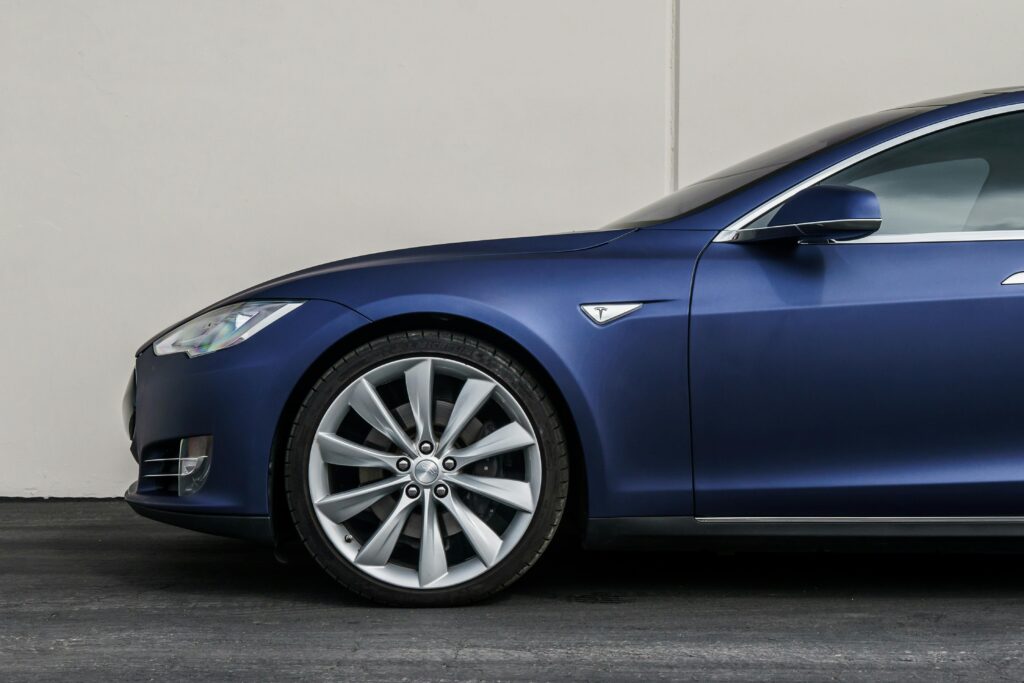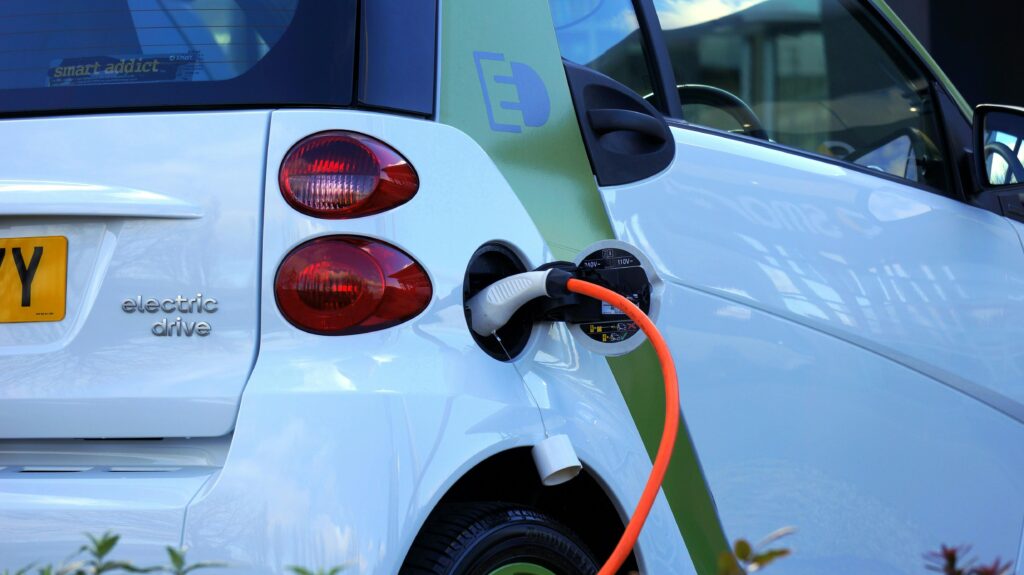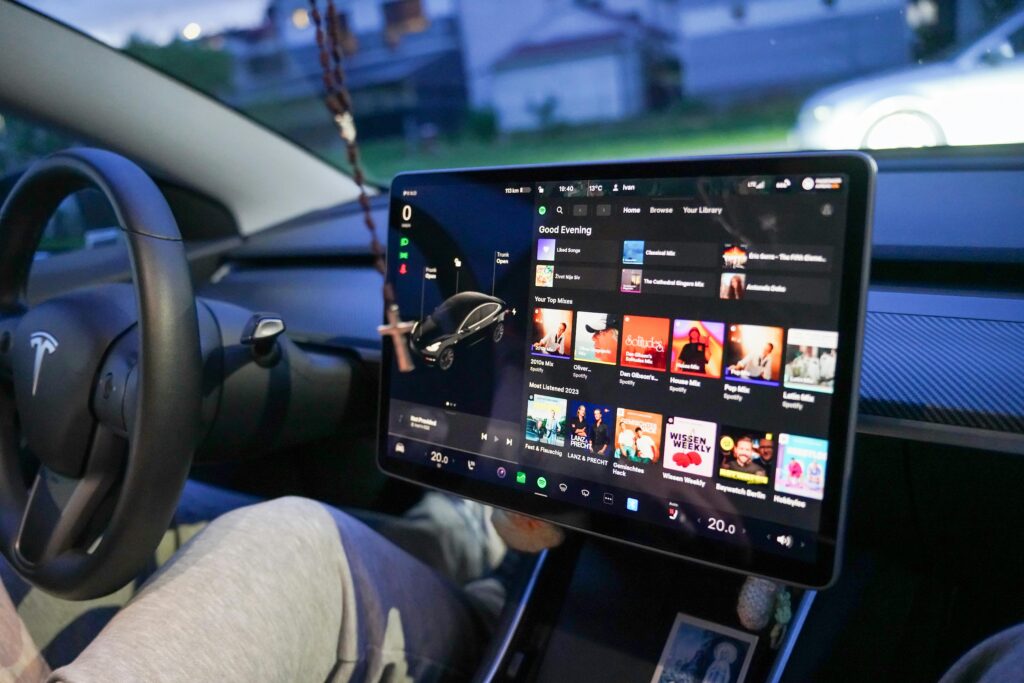Blogs & News
Beritarian
Malaysia's EV Boom: Hype or Sustainable Revolution? What Policymakers Aren't Telling You

Get notified of the latest blogs!
Latest Blogs

Charging Infrastructure: The Achilles’ Heel? The Malaysian government aims for 10,000 EV charging points by 2025. While this target signals commitment, the current distribution is uneven, heavily concentrated in urban centers like Selangor and Kuala Lumpur. Will this infrastructure keep pace with the anticipated growth in EV ownership? More importantly, will it extend to all corners of the country, alleviating range anxiety for potential buyers?
Grid Capacity and Green Energy: A widespread shift to EVs will significantly increase the demand for electricity. Is Malaysia’s power grid ready for this surge? Furthermore, the environmental benefits of EVs are diminished if the electricity powering them comes from fossil fuels. A stronger push towards renewable energy sources is crucial for truly sustainable EV adoption.
Cost of Ownership Beyond Incentives: Even with current tax exemptions, EVs remain a significant investment for many Malaysians. What happens when these incentives disappear? Will localized assembly bring prices down enough to make EVs accessible to a broader range of consumers? Or will the market remain largely premium-driven?
Consumer Confidence and Awareness: While interest in EVs is growing, concerns about range, charging time, battery life, and after-sales service still linger for many potential buyers. Building consumer confidence through education and reliable support networks is vital for sustained adoption.
- The Chicken and Egg Dilemma of Local Manufacturing: While the expiration of CBU incentives is pushing localization, will there be sufficient demand to justify large-scale local manufacturing in the long run? This will depend heavily on consistent and supportive government policies beyond 2025.





